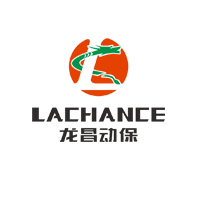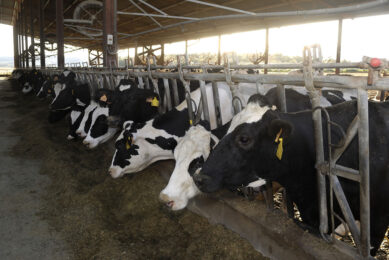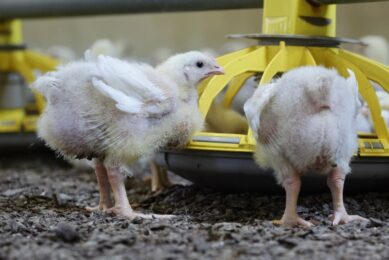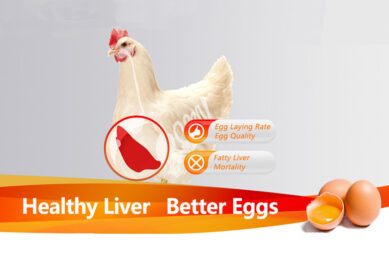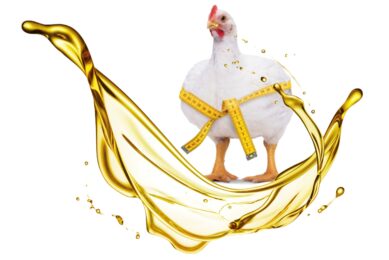Bile acids effect on feed lipid and metabolism energy
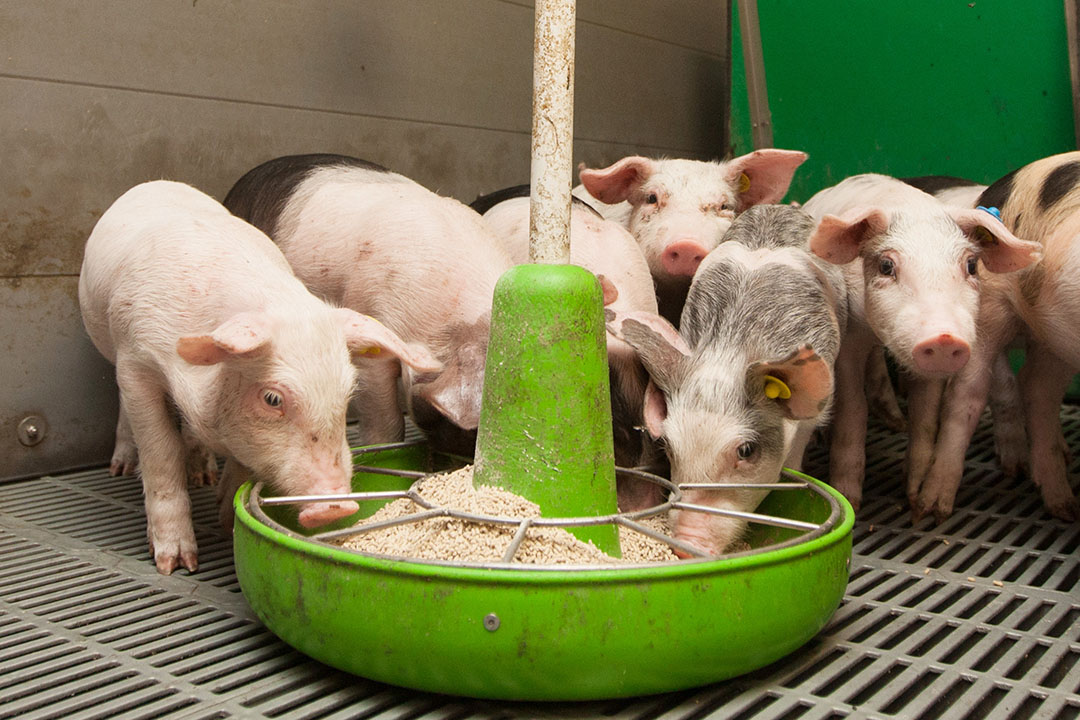
Currently, the nutrition and feed value of lipid are widely recognised, but there are always 2 problems in the process of use. First, the excessive addition of fats cannot fully exert their own value; the second is the quality of lipids. The addition of bile acids can effectively solve these 2 problems by increasing the digestibility of fats, reducing liver damages and improving animal productivity.
Nowadays, lipids in animal feed formula are an important source of energy, which have obvious effects on improving the performance of livestock and poultry. Lipids can also promote the absorption and utilisation of other nutrients, produce mutual effects and improve feed conversion. In addition, lipids also provide essential fatty acids (linoleic acid, linolenic acid and arachidonic acid) that cannot be synthesised in the body, and promote the absorption and utilisation of fat-soluble vitamins A, D, E, K and carotenoids, which have some improvement on feed processing, flavour and palatability.
Nutrition and feed value of lipids
The main value of lipids are reflected in metabolic energy with ‘extra thermal energy effect’ and ‘extra metabolic effect’, of which the metabolic energy value is 1.25 times more than that of carbohydrates and proteins. The extra thermal effect means that the feed requires less energy to synthesise body fat, but the fats provide a higher net energy value. The extra metabolic effect refers to the positive effect that occurs during the digestion of the nutrients in the feed, and lipids can improve the growth performance and feed conversion rate of the animal by slowing the intestine peristalsis and increasing the residence time of the chyme in the intestine.
Another value of lipids is reflected in relieving heat stress of livestock and poultry because the absorption process of fats is relatively low, and the heat increase is significantly lower than other nutrients such as protein. The reason for the low heat increase can be put in this way. Because the conversion of sugars and proteins into fatty acids is a heat-producing process, when there are sufficient fats in feed diet, the absorbed fatty acids can be directly synthesized into triglyceride storage to reduce the generation of extra heat. Therefore, in the hot summer, proper lipid addition can inhibit the heat metabolism process of converting sugar into fatty acids, reducing the heat dissipation burden of the body, and reducing the heat stress response.
Relationship between feed lipids and bile acids
As the important component of bile, bile acids are a general term for a series of choline acids produced during cholesterol metabolism and play an important role in fat metabolism.
Digestion and absorption of fats are mainly carried out in the small intestine. The lipids that enter the small intestine stimulate the secretion of cholecystokinin, which in turn promote the secretion of lipase and bile. By the action of bile salts and lipase, the fats are emulsified, the surface area is enlarged to promote the hydrolysis reaction of the enzyme, and the mono-fatty acid glyceride and the free fatty acid are released.
Figure 1 – Relationship between feed lipids and bile acids

Bile salts are amphiphilic molecules with both lipophilic ends and hydrophilic ends. When the bile salt concentration in the digestive cavity reaches a certain concentration, it will adhere to the surface of the fat for digestion and absorption, then the hydrophobic end turns to the inside and the hydrophilic end turns to the outside (free fatty acid, monoglyceride, cholesterol and lecithin) to form a ‘mixed micelle’.
In order for the intestinal epithelial cells to actively absorb the fat, the mixed micelles can pass through the immobile water layer of the intestinal epithelial cells. In intestinal epithelial cells, monoglycerides and free fatty acids are re-esterified to form triglycerides, and together with cholesterol, lipoproteins and lecithins, they are assembled into chylomicrons to enter the hepatic and intestinal circulation.
Lachance bile acids plays the roles of emulsifying fats, activating lipase and promoting fat absorption. Bile acids have a biosurfactant structure for fat which causes fat to be emulsified into microscopid droplets. This greatly increases the surface area of fat, making it available for digestion by lipase. Bile acids can change the structure of lipase when combining into micelles to finish the fat hydrolysation process, only the combination of bile acids and fatty acids, could facilitate fatty acids to reach to surface of the small intestinal villus and get into the bloodstream.
Problems of lipid oxidation and rancidity
Lipids are composed of saturated fatty acids and unsaturated fatty acids with unstable properties to be prone to oxidation and rancidity (lipid peroxidation on adjacent carbon atoms of unsaturated fatty acid double bonds) during processing and storage, causing serious fat quality problem of decreased utilisation of oil and fat, and even animal health threats.
When the lipid is oxidised and rancid, it will have a darkening colour, more viscosity, better transparency, poor fluidity and a strong pungent odour; the iodine value and unsaturated fatty acid content will decrease; the acid value, peroxide value, saturated fatty acid and malondialdehyde content will increase. The physical and chemical properties of the fat will change after oxidation and rancidity, which will affect the palatability of the feed, reduce its nutrient content and digestibility.
On one hand, Lachance bile acids can improve the digestion and utilisation of oxidised fat and reduce the absorption of harmful substances; on the other hand, as a nutrient metabolism and detoxification centre, the liver is very sensitive to the toxicity of oxidised fat, and bile acids can stimulate the secretion of large amounts of thin bile through the liver and intestines circulation to discharge toxins and harmful substances to maintain liver health. In addition, bile acids act as a signalling molecule involving in a variety of metabolic reactions to improve the body’s ability to cope with stress and disease.
Authors: Dr Pang Min and Dr Wang Jianmin


